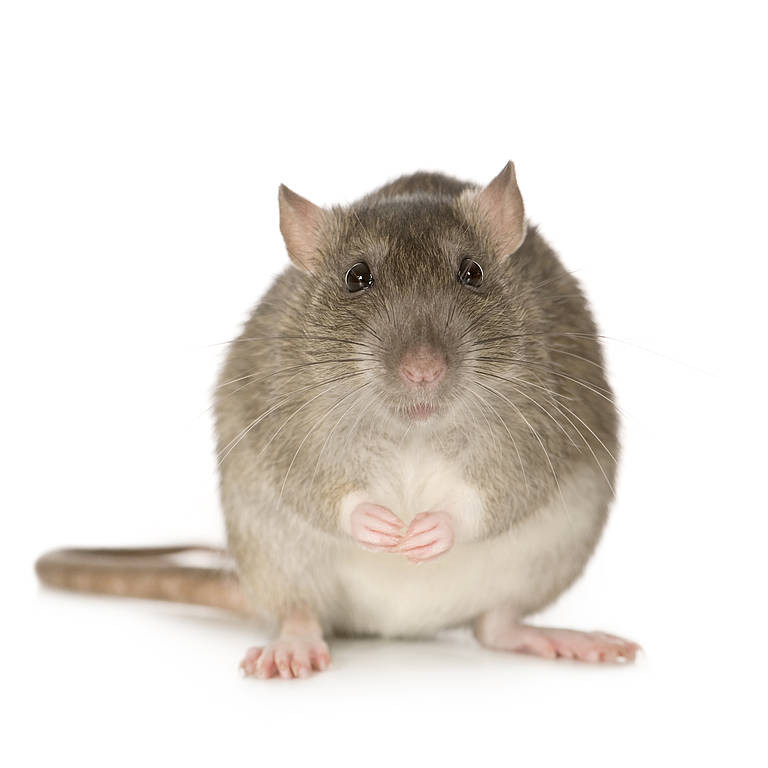Rats and mice

Rats and mice that are common throughout Australia include the Black Rat, Brown Rat, and The House Mouse. The main difference between rats and mice is their size: a rat’s body is longer than 12cm.
They have 2 main feeding periods: in the evening, and before sunrise. They eat both animal and vegetable based foods – but prefer cereals, protein, and high fat food such as butter and chocolate.
Their movements depend mostly on 3 factors: Climate, food, and cover.
Pest fact: Rats and mice are intelligent and highly resourceful.
Their natural cunning has allowed them to adapt to just about every environment on Earth…
Why are rats and mice a danger?
- Carriers of disease: salmonella, leptospirosis, weil’s disease, typhus, campylobacter, and bubonic plague.
- Cause damage to buildings: gnawing and burrowing leads to structural damage in wood and insulation.
- Damage to electrical appliances: damaged wires and cables can cause fires.
- Beware of food: they spoil, eat, or destroy food.
- Spreads quickly: A female rat can produce up to 15,000 rats in one year!
What should you watch out for?
- Scratching: noises in walls, under decking, or under floors as they search for food.
- Faeces / Distinctive smell: they leave behind droppings which have a strong smell, especially in closed spaces such as sheds, garages, and cupboards.
- Damage: they chew through any material such as woods, plastic, cables, wiring, and some metals.
- Pets: your cat, dog, or bird may get more excited than usual.
- Noise: Gnawing, squeaking, movement behind walls, in cupboards, under floors, or in the roof.
Where do they live?
Rats and mice live indoors and outdoors. They generally come out more at night and are most common in late summer and early autumn. There’s a major problem if you see them during the day – they’ve found a food supply!
You’ll find them in:
- Nests: They love warm, dark places such as in rubbish heaps, newspaper shredding, under cupboards, behind boxes, furniture, and machinery.
- Burrows: Gardens are popular spot. Look under garden decking, sheds, and compost heaps.
Check out Melbourne Museum’s Introduced Rodents for more photos and details about rats and mice.
What can you do to avoid them?
- Get rid of food scraps quickly and thoroughly clean food preparation areas
- Look for areas where rats and mice might enter and block those entrances with steel wool, heavy gauge sheet metal, or a hard setting filler.
- Don’t use open compost heaps (and don’t use animal products or pet faeces as compost)
- Block access points to cupboards with food and utensils
- Keep your place clear of rubbish inside and outside
- Make sure rubbish bins have tight lids and are emptied regularly.
Need help to prevent or get rid of rats and mice?
Do you think you may have rats or mice at your place? Would you like to prevent rats and mice from becoming a problem?
Call Rusty on 1800 787 897 for advice and inspection.

 © 2016 Rusty's Pest Management Solutions
© 2016 Rusty's Pest Management Solutions